Saudi Arabia’s ambitious $1 trillion Neom project is set to consume a significant portion of the world’s steel.
Construction executives reveal that the futuristic megacity will use up to 20% of the global steel supply.
Overview of Neom: A visionary megacity
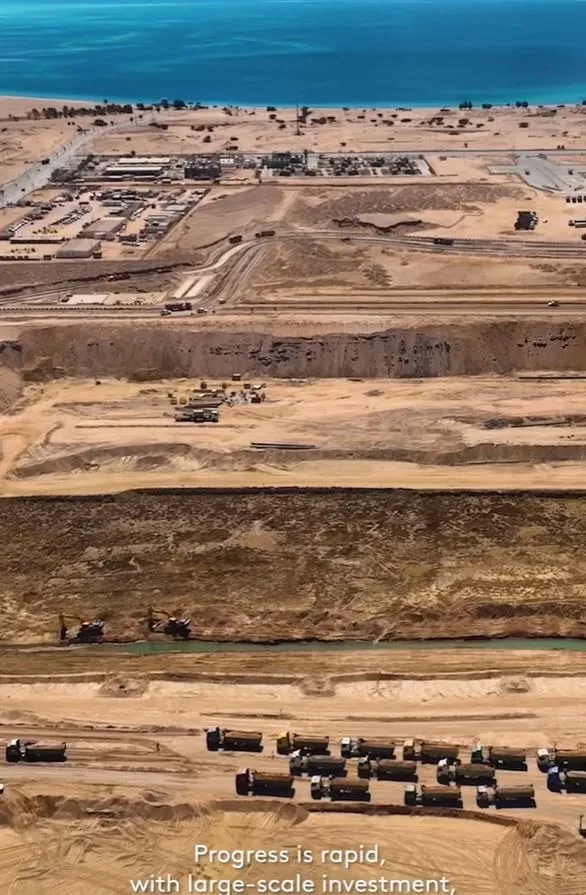
Neom, located in Saudi Arabia’s Tabuk Province, has been under development since 2017.
It forms a crucial part of Crown Prince Mohammed Bin Salman’s Vision 2030. The project aims to diversify Saudi Arabia’s economy and reduce dependence on oil.

The megacity spans 26,500 square kilometers and introduces groundbreaking concepts. These include cities like “The Line”, futuristic resorts, and a floating industrial hub.
The Line: A city of the future
One of the most revolutionary parts of Neom is The Line.
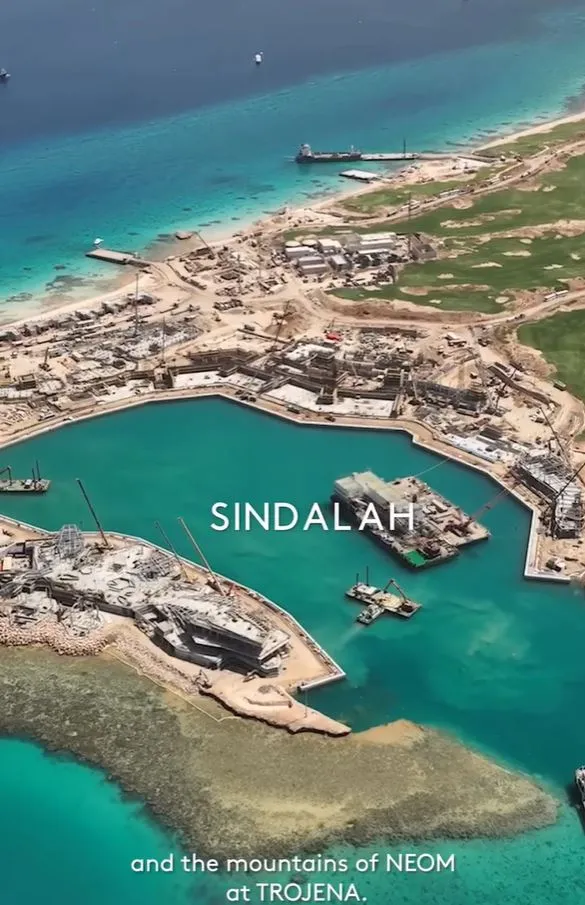
This is a 170 km-long, 200-meter-wide city that will feature no cars or roads. Instead, a central train system will transport residents along its length.
According to Neom’s official site, The Line will run on 100% renewable energy.
Moreover, 95% of the land will be preserved for nature. While full completion is set for 2045, a 5 km section is expected to be operational by 2030.
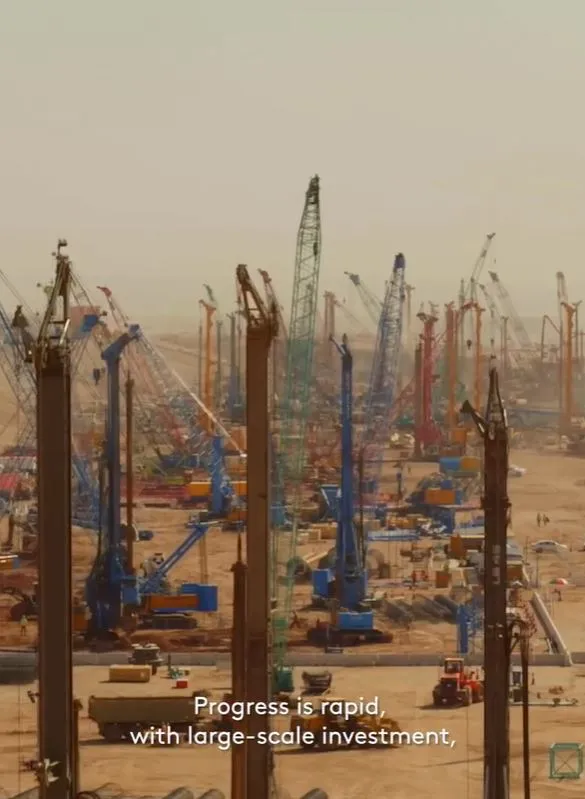
Neom is not just a residential area. It also aims to attract tourists with resorts and unique destinations.
Trojena is a mountain resort, while Sindalah will serve as an island getaway.
Another core part of Neom is Oxagon, a floating industrial hub. This area will focus on oceanographic research and innovation.
Neom’s demand for construction materials
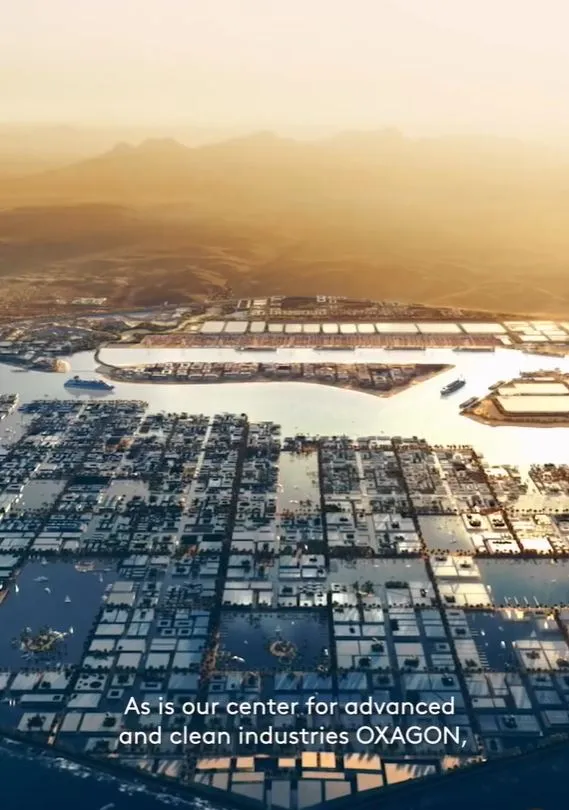
Neom’s Chief Investment Officer, Manar Al Moneef, shared insights on the project’s material requirements.
Speaking at the Global Logistics Forum, she stated that Neom would be the largest customer for construction materials over the next decade.
Al Moneef emphasized that Neom would account for 20% of the global steel market.
Besides steel, Neom has high demands for elevators, cement, and other construction essentials.
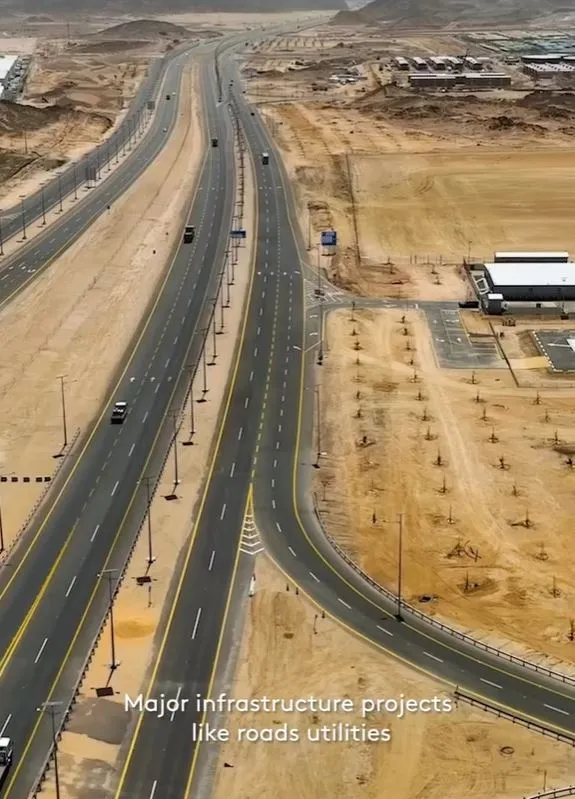
According to the Observatory of Economic Complexity, top steel importers in 2022 included the United States, China, and Germany. Saudi Arabia, however, only imported 0.98% of the world’s steel that year, worth $5.53 billion.
Vision 2030: Reducing economic dependence on oil
Neom is central to Saudi Arabia’s Vision 2030, a policy to diversify the economy and reduce oil dependency.
Crown Prince Mohammed Bin Salman stated that Neom would address global urban and environmental challenges.
The city was initially planned to host nine million residents by 2030.
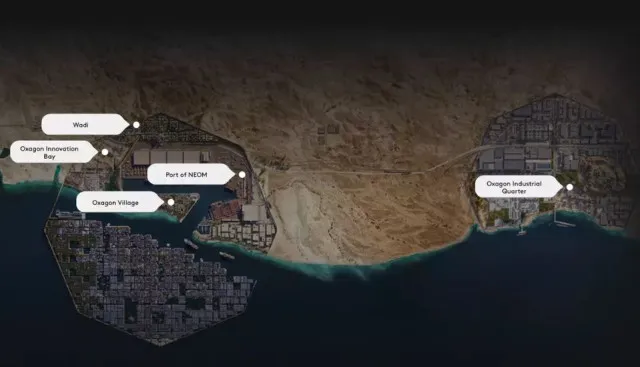
However, this projection has been revised. Bloomberg reports that around 300,000 people are now expected to live there by 2030.
So far, Neom has secured $28.7 billion in funding, with most of this directed towards The Line. This financial backing highlights the importance of the project in Saudi Arabia’s broader economic strategy.
Crown Prince Mohammed Bin Salman, the de-facto ruler of Saudi Arabia, remains optimistic about Neom’s role in shaping future cities.
He stated, “We cannot ignore the livability and environmental crises facing our world’s cities, and Neom is at the forefront of delivering new and imaginative solutions to address these issues.”